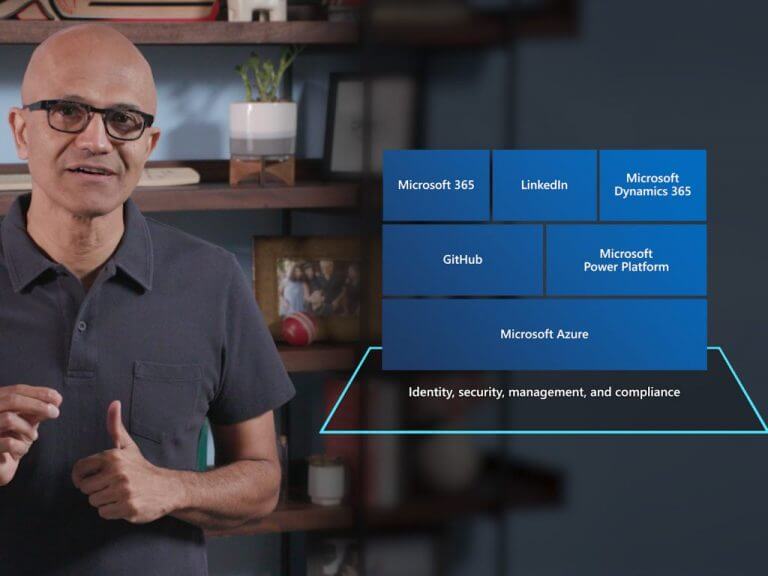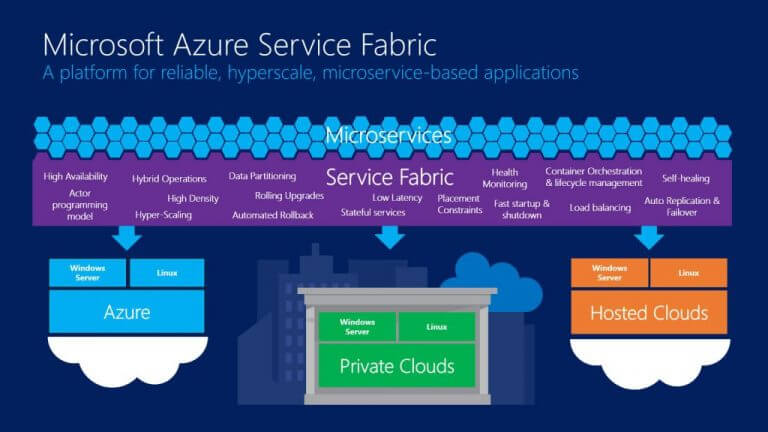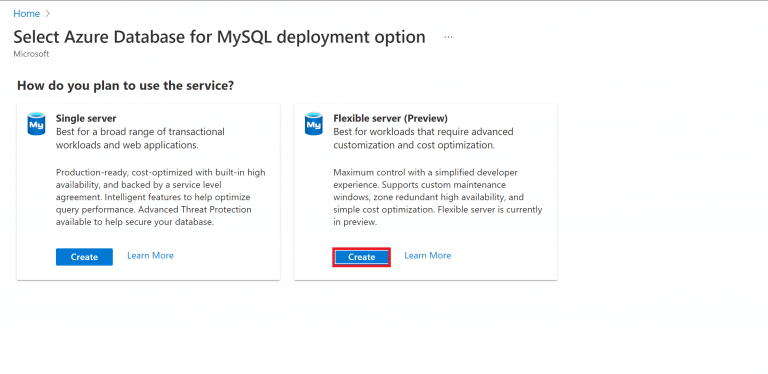As expected, Azure is a significant focus for Microsoft and its developers at this year’s BUILD conference.
In addition to being a focal presence during BUILD 2021’s keynote opener, there are over 127 sessions dedicated to various aspects of Azure development for developers to sink their teeth into.
Kubernetes and you
Among the highlighted Azure news from BUILD 2021, developers can begin looking forward to building Cloud-Native applications that run anywhere.
Microsoft announced preview capabilities of Azure application services to run on Kubernetes, on-premises setups, Azure and even competitors’ platforms such as AWS and GCP.
More specifically, developers who utilize CNCF-conformant Kubernetes clusters can now connect through Azure Arc with a support framework for deployment targets for Azure application services that include:
- Azure App Service
- Azure Functions
- Azure Logic Apps
- Azure Event Grid
- Azure API Management
Microsoft is also doing some extra work to tie in integration between GitHub and Visual Studio Code so that developers can leverage its new cloud-native application services at higher velocities.
On the topic of Kubernetes, Microsoft acknowledges the upfront difficulties new developers may have when dealing with container management platform. To address this, Microsoft is easing the choice between Azure application services and Kubernetes control by establishing an Azure Function workflow with integrated Kubernetes clusters all connected through Azure Arc.
Azure Arc looks to be the cloud-webbing that will enable development and deployment of hybrid applications using both Kubernetes containers and a developers chosen cloud platform.
According to Microsoft, “when combined with the use of Arc-enabled data services like Azure PostgreSQL and Azure SQL, applications and their data can now run anywhere using fully
managed cloud services.”
Arc-enabled Kubernetes as well as AKS on Azure Stack HCI were made available today to try out.
Azure Database Services
Microsoft also announced new ways to leverage the vast data mining of Azure through a host of new capabilities that include Azure SQL Database’s ledger in preview, Azure Synapse Link for Microsoft Dataverse and Microsoft Power BI streaming dataflows.
In addition, Microsoft updated some Azure Cosmos DB features such as Serverless, integrated cache, always encrypted and role-based access control (RBAC).
Severless is generally available for APIs and the charges are only for the resources consumed and so is RBAC. Integrated cache is only in preview with cache optimized costs and boosted performance for read-heavy workloads by up to 96% as well as Always Encrypted which will allow developers to encrypt sensitive data inside their client application ‘before’ it gets stored.
For cash strapped developers, Microsoft also announced additional low-cost and free options for Azure Cosmos DB, Azure Database for PostgreSQL, and Azure Database for MySQL. As of today, Microsoft extended its Azure Cosmos DBs expanded free tier.
There is also a free Linux emulator that’s available in preview for Azure Cosmos DB’s.
Microsoft is also discussing tools and languages for developers to use to build intelligent applications, to access “high-quality vision, speech, language, and decision AI models through simple API calls.”
Developers can make use of Azure Applied AI Services, Azure Metrics Advisor, Azure Video Analyzer, Azure Cognitive Services, and Azure Bot Services to varying degrees starting today.
Azure Applies AI services
Microsoft also took time to talk about Azure Applied AI Services:
“The goal with Azure Applied AI Services is to provide a bit more packaging and structure to really accelerate the development of AI solutions for common business processes.”
To that end, Microsoft is also bundling Azure Immersive Reader and Azure Cognitive Search into its beefed-up Azure Applied AI Services platform. Microsoft hasn’t spoken beyond some preview windows and a handful of general availability timeframes that start as early as today. We expect more details to surface over the next day or two with breakout sessions focusing on all the specific Azure tools coming down the pipe.




